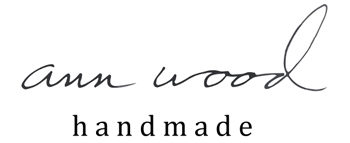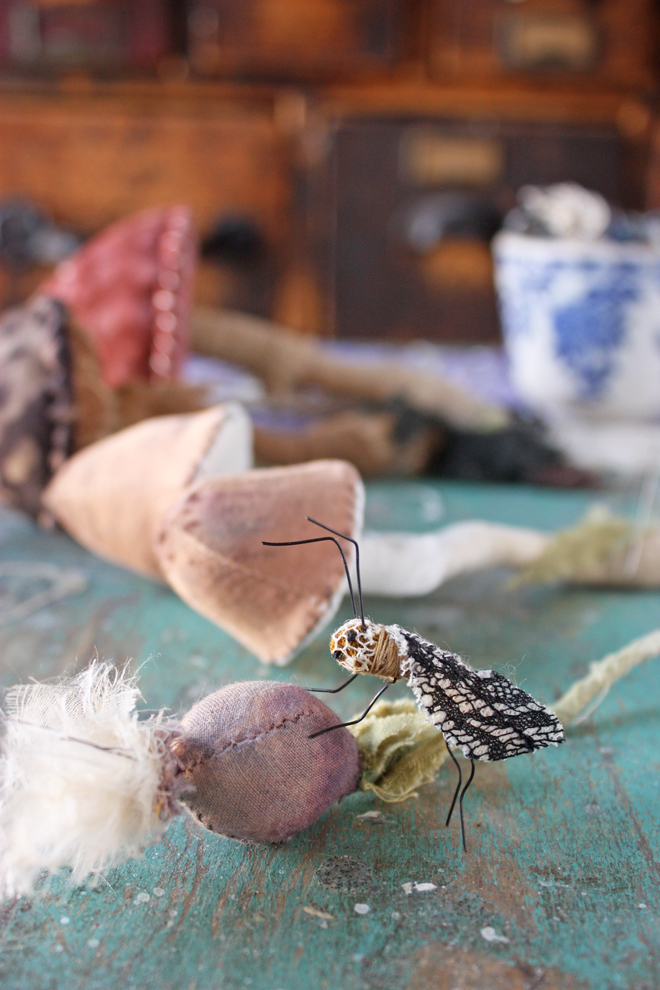Happy National Sewing Month to those who celebrate. I’m not even making that up, it’s a real thing since 1982. My big fall project is a scrap quilt. I’ve never gotten a quilt across the official finish line. I’ve made a couple tops that ended up as duvet covers which doesn’t really count.

This is one of those past efforts (in 2016 Brooklyn).
This time there is a do-able plan and a legit quilt is gonna happen. The kind you run into at flea markets, soft, homespun and scrappy but sturdy enough to really use.

sew a scrap quilt on a foundation
It’s going to be sewn one block at a time to foundation fabric (lightweight muslin).
What I love about this plan:
- The square muslin “container” inspires me.
- The one block at a time thing makes it feel doable. I can babystep my way through it.
- The foundation gives the very scrappy scraps extra stability and makes the blocks easy to deal with.
There will eventually be a schedule for how many blocks per week but I’m messing with the process for a while to experiment my way towards what I want.
The muslin blocks are 10 inch squares. I don’t know exactly what the finish size is yet – I’ll figure that out after I have 50 or so blocks to play with. I will keep you updated on all the scrap quilt developments as they happen.
The foundation method is stitching scraps to the muslin. I’m using an improv process, no planning ahead, just grabbing scraps and stitching them on. That’s the kind of “make do” utilitarian and vintage feeling quilt I’m looking for. I think the quilting will be super simple and oldschool too, I’m leaning in the direction of yarn knots.
If your’e into a more organized process and result you can find a great tutorial for sewing a string quilt on a foundation here.
Before beginning I washed the muslin and scraps. To start, cut your foundation squares and pin a scrap, place another over it (right sides together) and stitch a seam (¼ inch seam allowance)
Fold the fabric over and press. Place another scrap over it and repeat until your muslin block is covered.

Flip the square over and trim the edges. This step is weirdly satisfying. Put the cut offs back in the scrap pile if they’re big enough.

The first couple squares I made over the weekend are sewn by hand but the plan is to mostly machine sew. I already like it.

the spooky read
My friend Katy and I read a spooky vintage book every year. This years selection is “The Other” Thomas Tryon. We both love a scary novel, preferably written in the 70’s and preferably made into a film in the same decade and preferably a vintage copy with old book smell. Previous titles include Burnt Offerings and Rosemary’s Baby. This one is a winner on all counts. I got it on Ebay for 6 bucks.
4 fall project ideas

It’s the perfect time to make a crow! This beautifully stitched example was made from the crow sewing pattern by super talented stitch club member Kari M. If your crow needs a hat find a free template and diy for a paper hat here.

Bat Applique – or “batlique” Get the free template and diy instructions here. They are especially cool stitched to vintage linens. And you’ll learn how to make super pointy applique points.

Owl Ornaments – these little owls are a perfect fall scrap project
Mini Tetra Sachet’s – Make little sachet’s with the tetra tutorial. I’m using all sorts of herbs from the garden and throwing in some cloves too. I’m all about a seasonal smell.

Forest Folk Sewing Pattern – it’s time to make the squirrels! I sure do love to put a scarf on somebody little…

this is why we can’t have nice things – beware of scammers
Important note regarding pirates! Not the fun kind. I sell patterns here, ann wood handmade, and also on Etsy. Nowhere else. Shady websites steal images from me and other small pattern designers. One of those sites is currently pumping out lots of Facebook and Instagram ads for sewing patterns. It’s a bait and switch scam – anyone who purchases from them gets nothing or close to nothing. I and other designers have reported them to their webhost and Meta (facebook and instagram). So far there has been no action taken by the host. Meta has removed the ads but not deactivated the ad account so be aware.
Incidentally International “Talk Like A Pirate Day” also lands in September – the 19th. Find the template for the little bicornes here.








































































 And I hope you make owls!
And I hope you make owls!











 (P S – the fossil above
(P S – the fossil above 


















